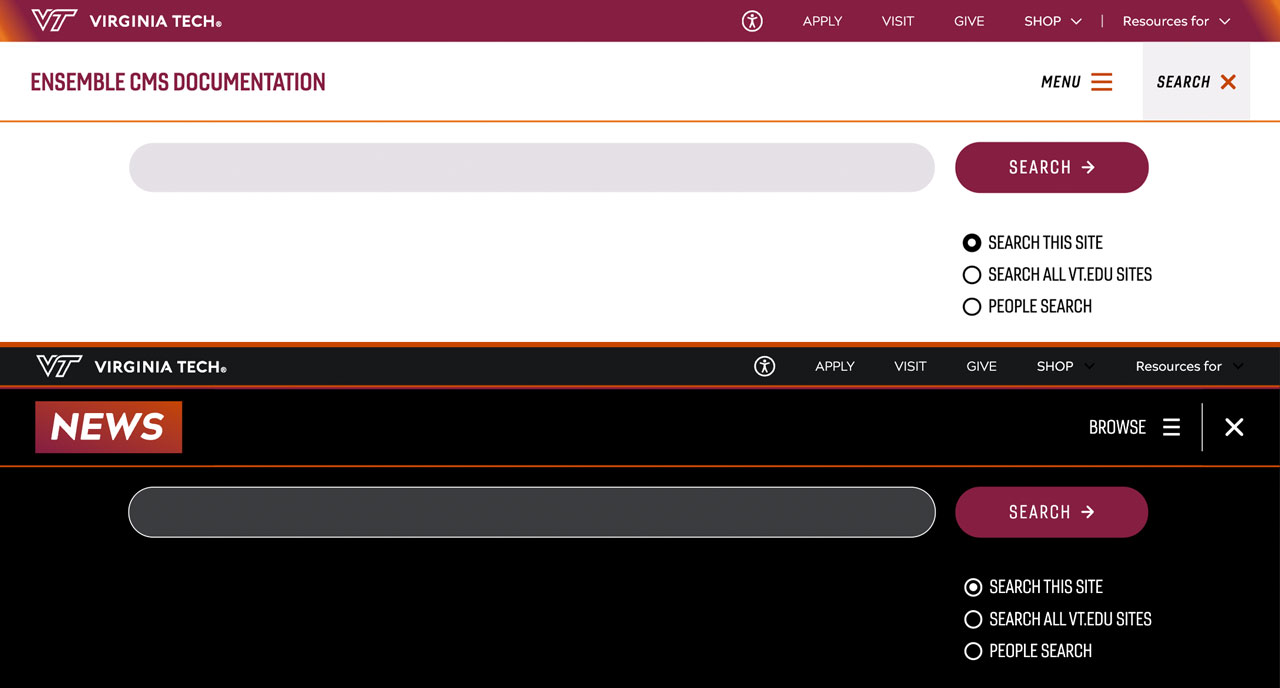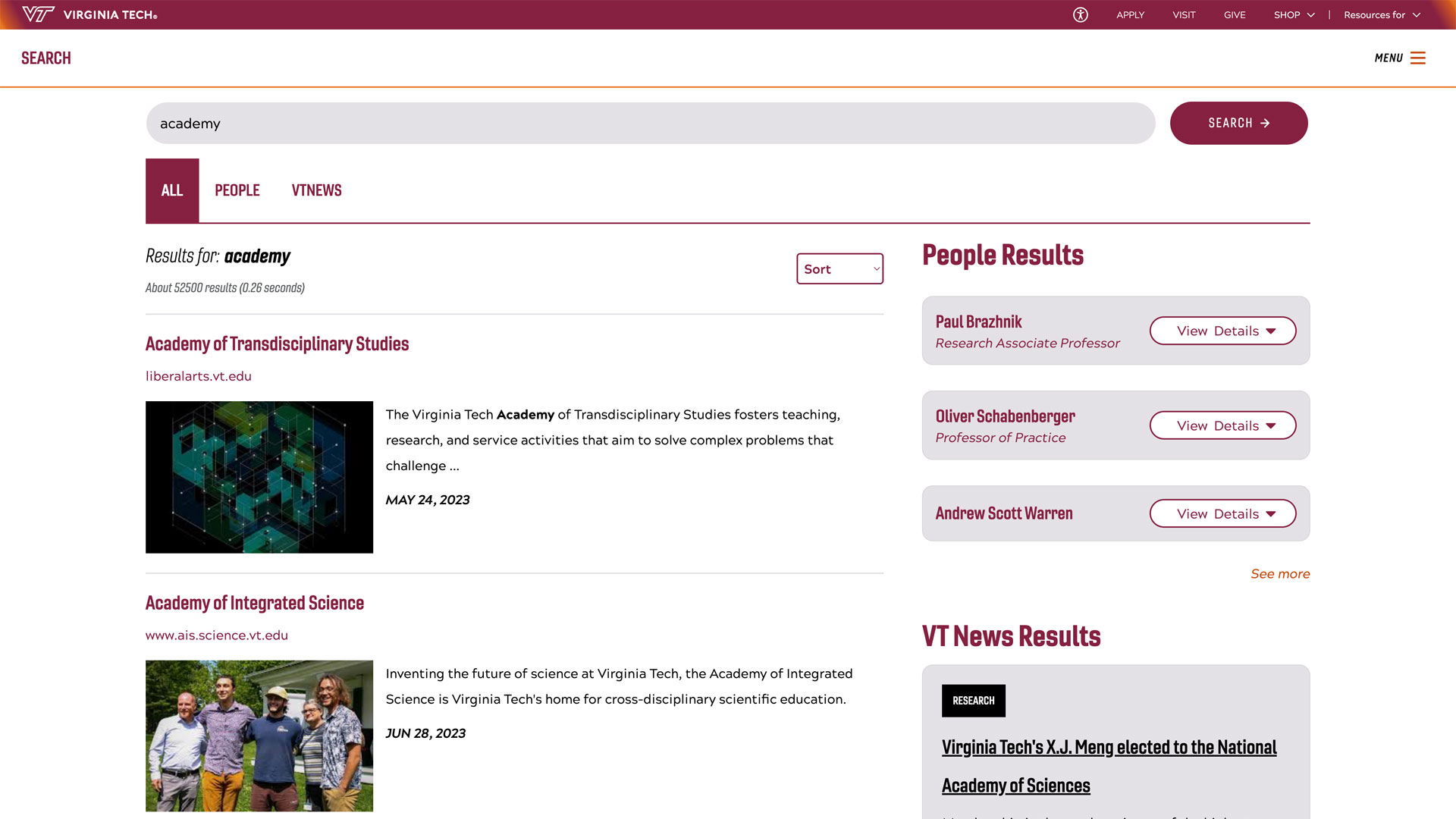Burying power lines: A costly but crucial solution to prevent outages and wildfires

Severe weather events have left millions of people without power for days, sometimes weeks or months, raising questions about whether the United States power infrastructure needs an overhaul. Joseph Vantassel, an assistant professor in the College of Engineering at Virginia Tech, believes moving power lines underground could be a solution. However, he notes it is neither an easy nor inexpensive task.
The impact of weather on above-ground lines
“Approximately 80% of power outages are the result of weather or extreme events,” Vantassel said. “This means that in addition to the power failure, there is likely adverse weather to manage simultaneously. This makes restoring power even more difficult.”
“High winds, hurricanes, and tornadoes bring down power lines or knock over trees that fall into power lines,” he explained. “Snow and ice buildup brings down trees or tree limbs, which can take power lines with them. Ice accumulating on lines can also cause them to be pulled down.”
Beyond outages, damaged power lines pose other risks. “A broken power line and dry vegetation is one of the contributing causes of the Maui, Hawaii, wildfire in August 2023,” Vantassel said. “Power lines have also been linked to many wildfires on the West Coast.”
Pros and cons of underground power lines
Pros:
“Underground power lines are protected from weather and other extreme events and improve natural aesthetics,” Vantassel said. “Undergrounding has been shown to substantially reduce the average time between power outages and restoration.”
Additionally, he said, underground power lines eliminate the risk of power line discharge wildfires, which occur when lines spark after coming into contact with vegetation.
Cons:
“Undergrounding is currently expensive and those expenses must be passed on to consumers through higher electricity costs,” Vantassel said. “Because utilities that typically have a monopoly oversee these projects, undergrounding must have community support and be deemed to be in the best interests of the community.”
He also noted that trenching to bury power lines can be disruptive to communities and lead to additional economic losses.
“While underground power lines are protected, if they become damaged, they can be more difficult and costly to repair or replace than overhead lines because workers must first dig down to reach them,” he said.
Making the transition
Vantassel said the first hurdle in transitioning to underground power lines is substantially reducing the cost. “This will make the approach more acceptable to communities and regulators,” Vantassel explained. “The cost of underground drilling is controlled largely by obstructions in the ground. For the same distance drilled, the cost can be 10 times higher in the urban area than in a rural one due to the amount of stuff in the ground.”
“There are two main approaches to burying power lines,” Vantassel said.
“The least expensive approach is to dig a trench and bury the line,” he said. “This is disruptive to a community and generally not a popular option. It also has many secondary effects that can be hard to quantify.”
Alternatively, he said, “You can drill horizontally beneath the ground to create a small tunnel where the power line can be installed. This process is more expensive than trenching, mainly because of the time required to survey the alignment, identify potential conflicts, and perform the work.”
At Virginia Tech, Vantassel and his team are working to reduce the risk of drilling obstructions by allowing drillers to see ahead of where they are working.
“We are working to cut the cost of undergrounding power lines to less than half of the current cost of trenching operations,” he said. “This will make drilling the go-to alternative rather than disruptive trenching.”
Even with cost reductions, he said, undergrounding power lines requires community action. “Communities need to push for undergrounding lines in their area of the grid.”
--- Written by Meredith Murphy
About Vantassel
Joseph Vantassel is an assistant professor in the The Charles E. Via, Jr. Department of Civil and Environmental Engineering at Virginia Tech. His research focuses on advancing subsurface imaging toward more robust and uncertainty-aware solutions through the intersection of field experiments, numerical simulation, high-performance computing, and artificial intelligence with applications in site characterization, natural hazards, and infrastructure engineering.
Interview
To schedule an interview, please contact: Margaret Ashburn at mkashburn@vt.edu or 540-529-0814.




